Why visit Norway?
Norway is a once-in-a-lifetime destination and the essence of its appeal is remarkably simple: this is one of the most beautiful countries on earth.
The drama of Norway's natural world is difficult to overstate. Impossibly steep-sided fjords of extraordinary beauty cut gashes from a jagged coastline deep into the interior. The fjords' fame is wholly merited, but this is also a land of glaciers, grand and glorious, snaking down from icefields that rank among Europe’s largest. Elsewhere, the mountainous terrain of Norway's interior resembles the ramparts of so many natural fortresses and yields to rocky coastal islands that rise improbably from the waters like apparitions. And then, of course, there's the primeval appeal of the Arctic.
The counterpoint to so much natural beauty is found in Norway's vibrant cultural life. Norwegian cities are cosmopolitan and brimful of architecture that showcases the famous Scandinavian flair for design through the ages. At the same time, a busy calendar of festivals, many of international renown, are worth planning your trip around.
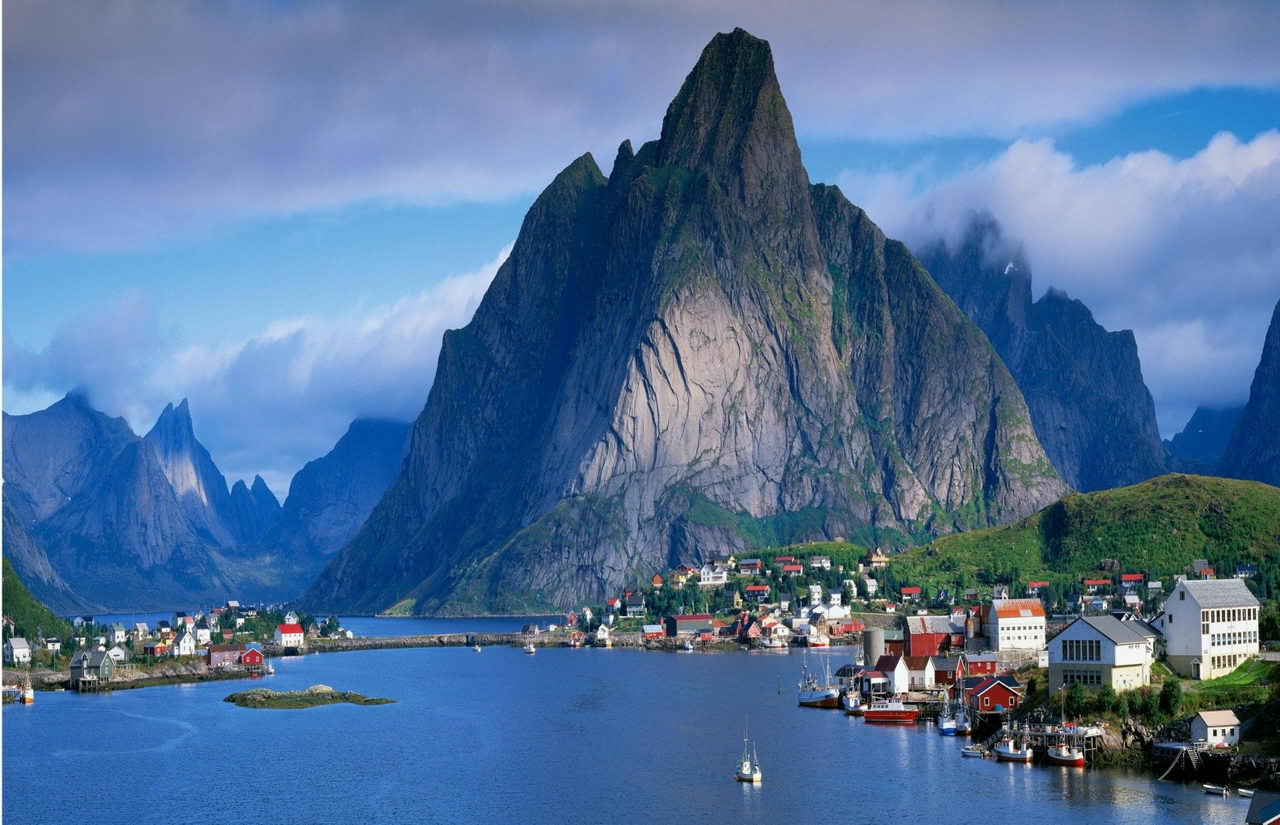
What does Norway bring in mind?
Oslo Opera House
Hoping to transform the city into a world-class cultural centre, the city fathers have embarked on a massive waterfront redevelopment project (which is scheduled to last until 2020), the centre-piece of which is the magnificent Opera House, a creation which is fast becoming one of the iconic modern buildings of Scandinavia. Designed by Oslo-based architectural firm Snøhetta, the Opera House, which opened in 2008, has been designed to resemble a glacier floating in the waters off Oslo. It's a subtle building that at first doesn't look all that impressive but give it time and it will leave you spellbound. Impressive at any time, it's probably at its most magical in winter when snow provides it with a gleaming coat and the surrounding harbor fills with sparkling sheets of ice.

 |
Royal & Ancient Polar Bear Society Dedicated to preserving Hammerfest culture, the Royal & Ancient Polar Bear Society (founded in 1963) features exhibits on Arctic hunting and local history and shares premises with the tourist office. For Nkr180, you can become a life member, and get a certificate, ID card, sticker and pin. At times, the link to polar bears here can feel a little tenuous. |
Nidaros Domkirke
Nidaros Cathedral is Scandinavia's largest medieval building. Outside, the ornately embellished, altar-like west wall has top-to-bottom statues of biblical characters and Norwegian bishops and kings, sculpted in the early 20th century. Several are copies of medieval originals, housed nowadays in the museum. Within, the cathedral is subtly lit (just see how the vibrantly colored, modern stained-glass glows, especially in the rose window at the west end), so let your eyes attune to the gloom.
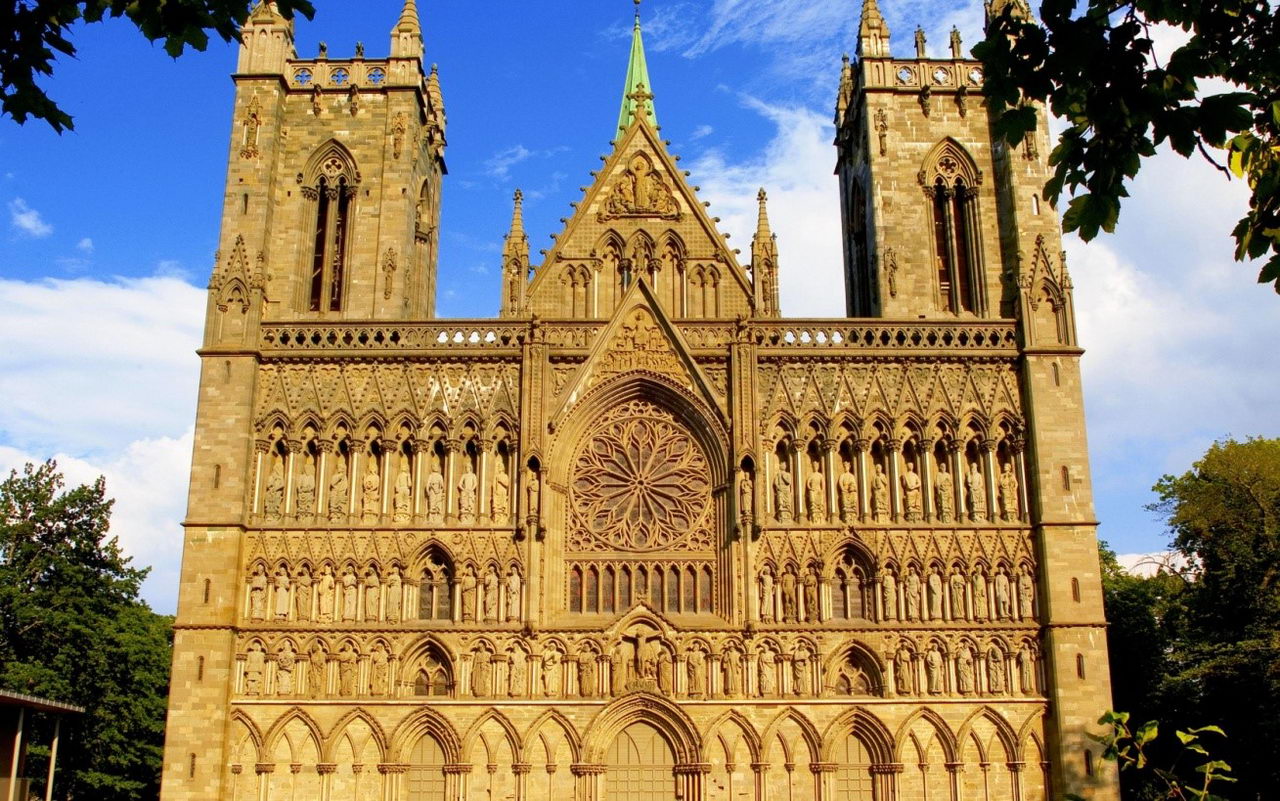
|
Sognefjellet Road Town councilors of the world: You may have built a lot of roads in your time – many of them are probably very useful; but chances are none of them are as spectacular as this one. Snaking through Jotunheimen National Park (and providing access to most of the trailheads), the stunningly scenic Sognefjellet Rd (Rv55) connects Lustrafjorden with Lom and is billed as 'the road over the roof of Norway'. With little doubt it's one of Norway's most beautiful drives. |
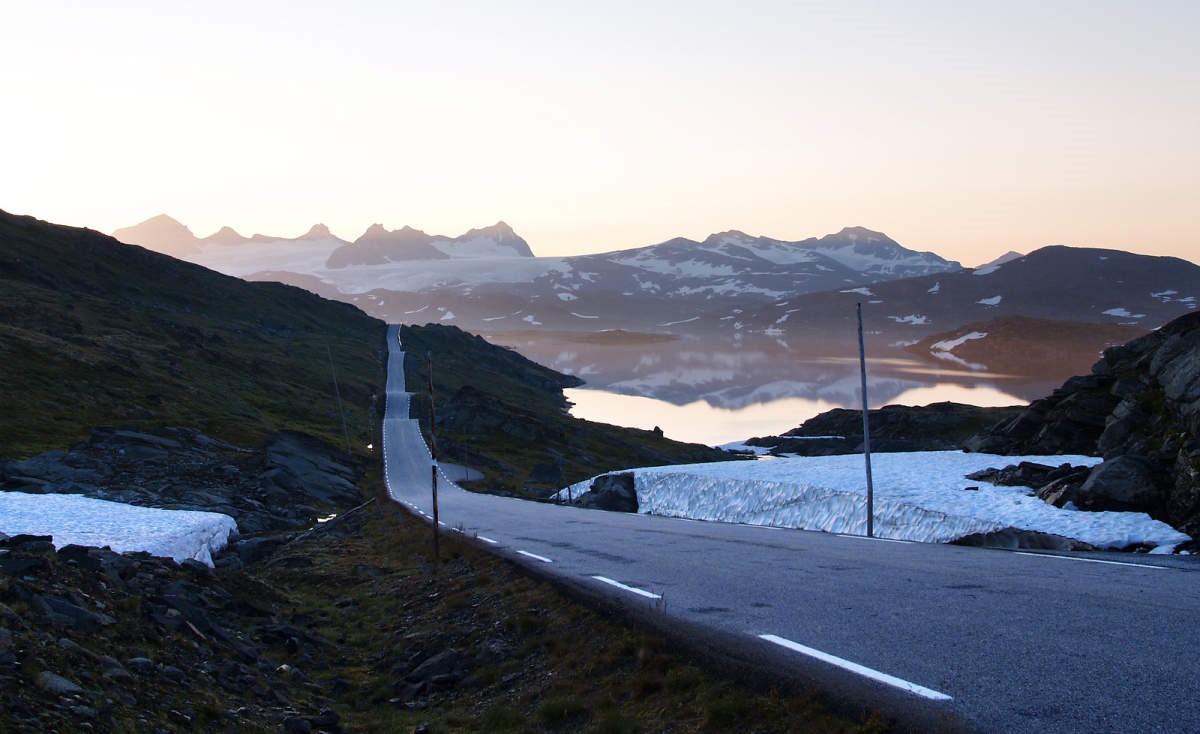 |
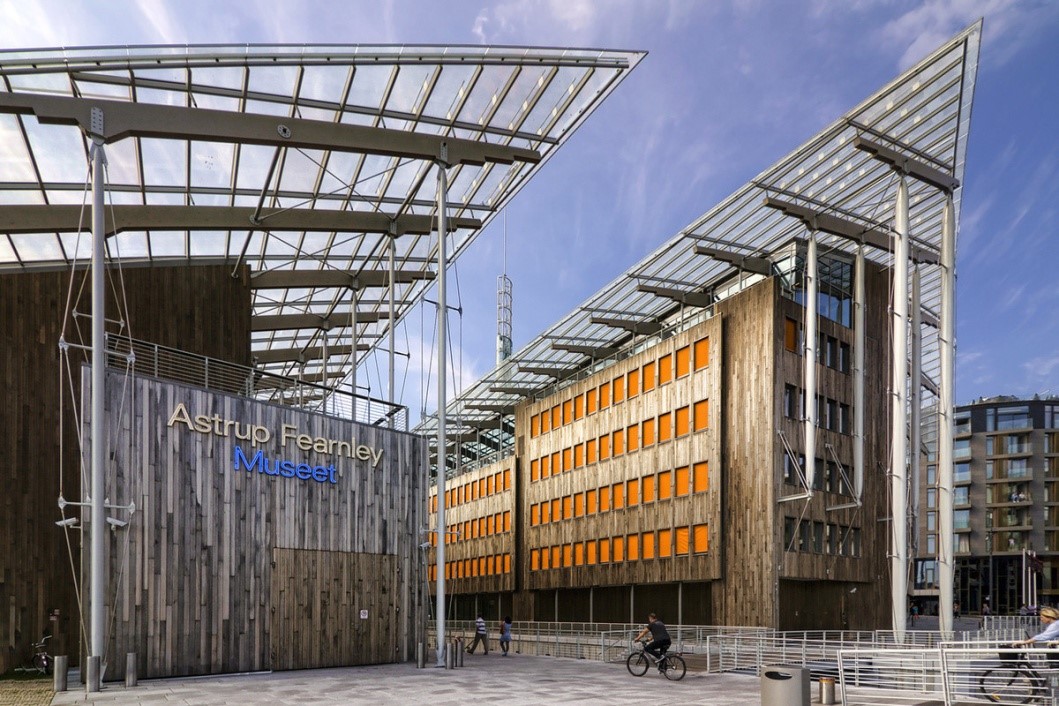 |
Astrup Fearnley Museet Recently re-opened in a stunning architectural creation at the centre of Oslo's waterfront, this museum, which contains all manner of zany contemporary art, is Oslo's latest flagship project and the artistic highlight of the city. |
KODE 3
The Rasmus Meyer Collection's Edvard Munch hoard is among the world's best. Far less trafficked than Olso's Munch Museum and National Gallery, the rooms are beautifully hung and fabulously intimate: an apt place to really spend some time contemplating the artist's key works. This includes several pieces from his Frieze of Life – a series of paintings depicting various aspects of the psyche – namely Jealousy, Melancholy, Women in Three Stages, Evening on Karl Johan and By the Death Bed.
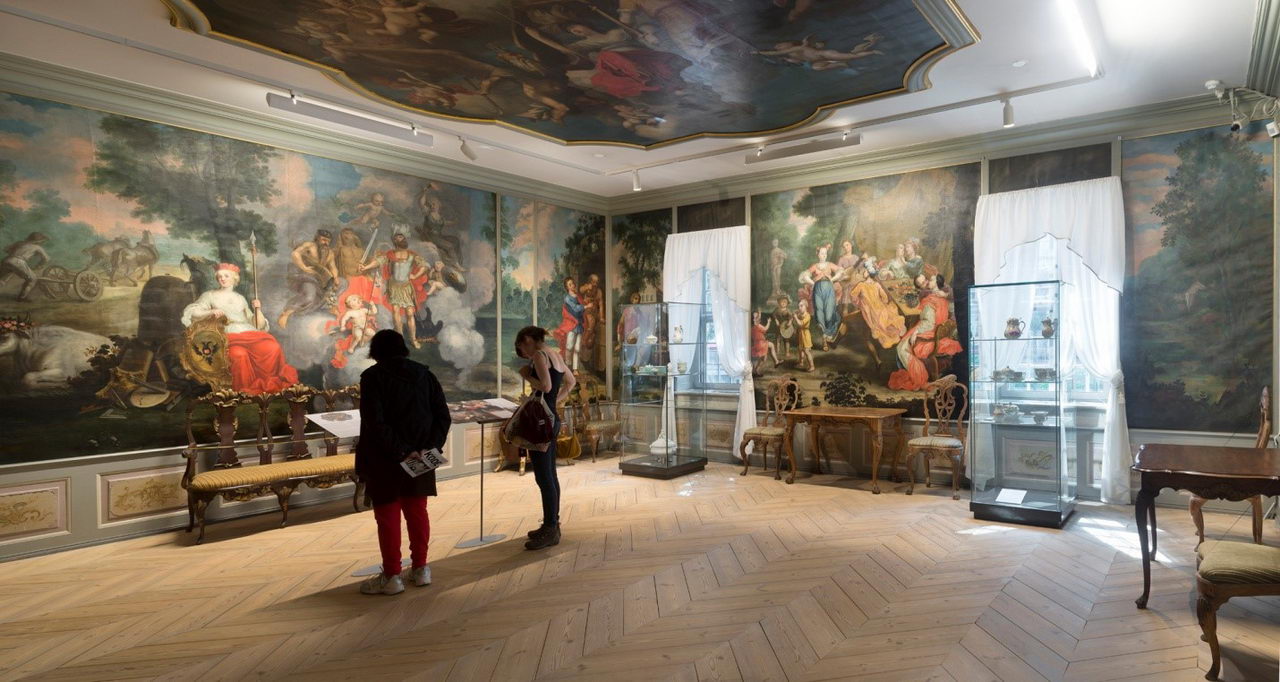
|
Norsk Oljemuseum A state-of-the-art, one of Norway's best. Focusing on oil exploration in the North Sea from discovery in 1969 until the present, it's filled with high-tech interactive displays and authentic reconstructions. Highlights include the world's largest drill bit, simulated rig working environments, documentary films on a North Sea dive crew's work day and a vast hall of amazing oil platform models. |
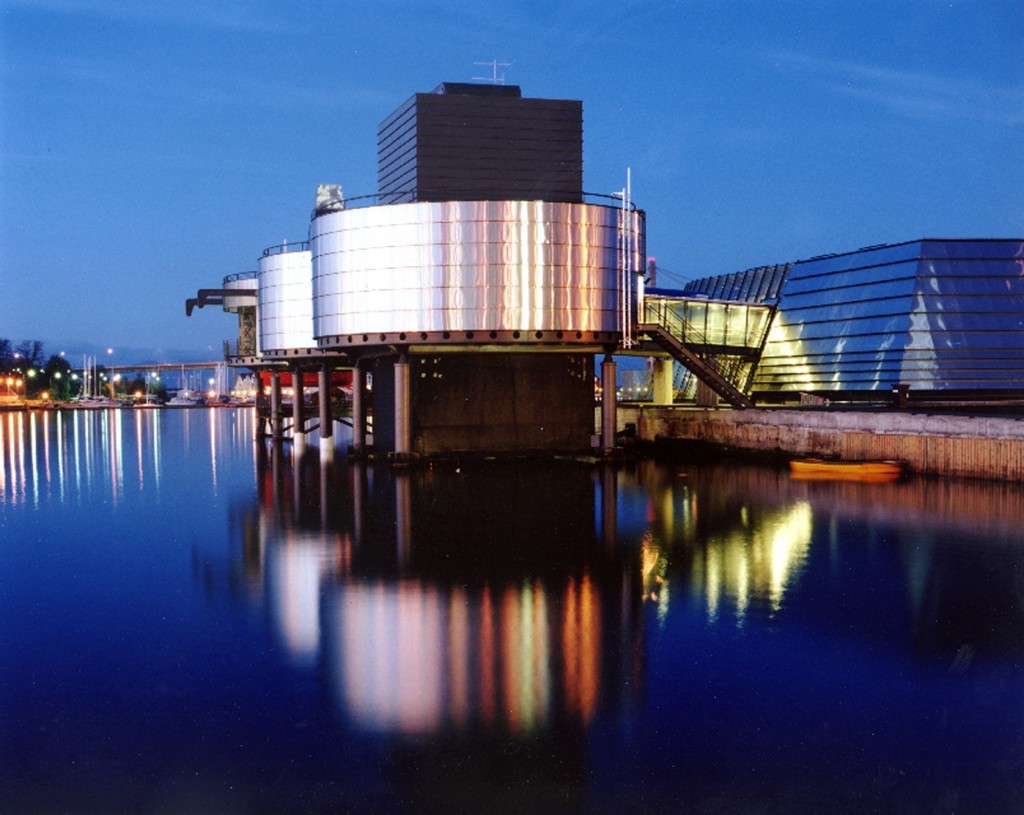 |
Heddal Stave Church
This fairy-tale church is the largest and one of the most beautiful of Norway's 28 remaining stave churches. Of special interest are the lovely 1668 'rose' paintings on the walls, a runic inscription in the outer passageway and the 'Bishop's chair', which was made of an old pillar in the 17th century.
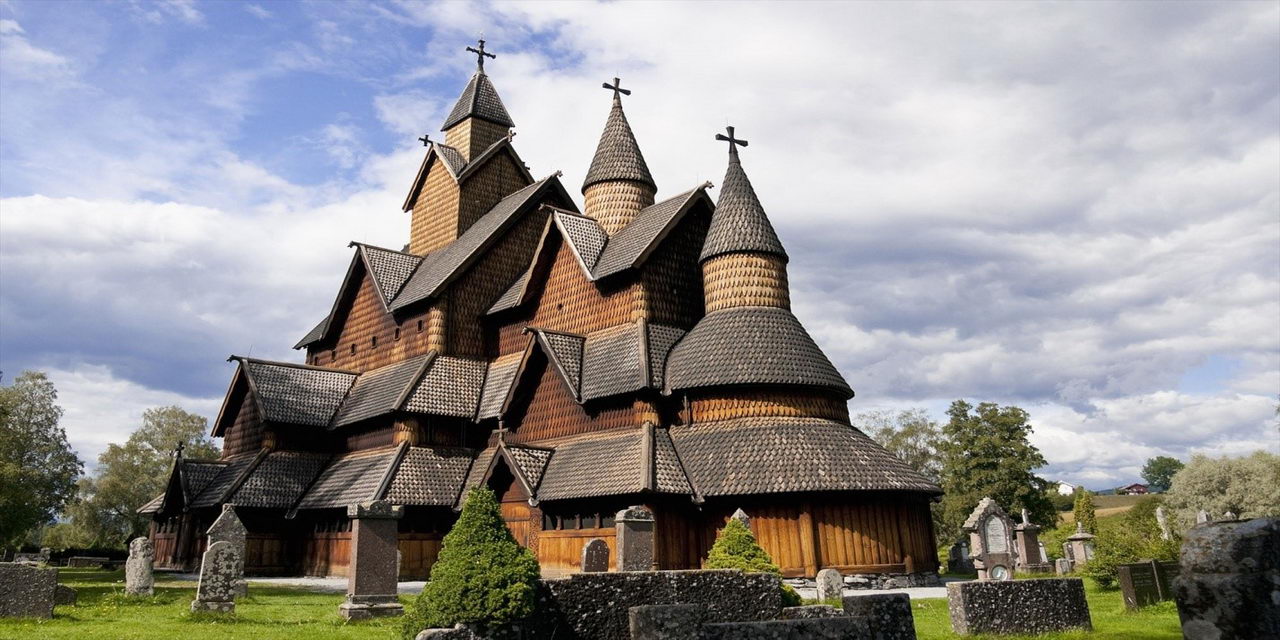
Things NOT TO MISS in Norway
-
Island Hop Around the Lofoten Islands: Find idyllic Norwegian fishing communities, characterized by old red cabins on stilts called rorbu, docked fishing boats, and racks of drying stockfish (unsalted dried cod) scattered all over the Lofoten Islands. Surrounded by dramatic craggy mountains and with views of Vestfjord that stretch to the east of the Lofoten Islands for roughly a hundred miles, the capital of Svolvær and its tranquil harbor are a great base for island-hopping via ferries.
-
Ride Cable Cars to See the Midnight Sun: Experience northern Norway’s grand vistas from Storsteinen (Big Rock) on Mount Fløya. Rising 1,381 feet, the ride up Storsteinen via the Fjellheisen cable car takes roughly four to five minutes. At the top, you will find an observation deck with magnificent views over Tromsø and its surrounding islands. During the summer, the cable car operates until 1 a.m.
-
Hike Up a Troll’s Tongue in Skjeggedal: There is no shortage of panoramic vistas to hike to in Norway, and the hanging cliff Trolltunga is one of the most scenic. Recommended only from mid-June through mid-September, the challenging round-trip hike takes about eight to ten hours to complete and requires you to be in good shape to ascend the nearly 3,000 feet. Explore Sami Culture and the Arctic Wilderness Around Finnmark Prepare for 24 hours of sunlight if you make it up to Norway’s northernmost county, Finnmark. Sharing the same latitude as parts of northern Siberia and central Greenland, Finnmark also borders Russia and Finland, and between mid-May and August, the sun never sets.
-
Take a Hair-Raising Drive Through Trollstigen: Rent a car and drive, if you dare, along the impressive Geiranger- Trollstigen National Tourist Route, a popular road that snakes for 66 miles through the landscape between Strynefjell and Romsdal. Along the way are harrowing cliff faces, steep mountain ranges, and waterfalls alongside deep fjords.
-
Discover Viking History and Explorers in Oslo: Oslo, Norway's ultramodern and hip capital city, is one of the best places to learn about the Viking age (ninth to eleventh centuries). Various artifacts excavated from graves around the country are featured in Oslo museums.
-
Cruise Through Norway’s Fjords: Arguably the most popular way to experience Norway’s grandeur is by cruising its deep fjords past sheer mountain faces. Hurtigruten offers voyages that extensively cover the country’s coastline and fjords.
-
Take a Pilgrimage Along St. Olav Ways: Similar to Spain’s renowned Santiago de Compostela, Norway’s St. Olavsleden (part of the St. Olav Ways) is an ancient, 350-mile series of paths that starts in Selånger, Sweden, and ends at the 11th-century Nidaros Cathedral in Trondheim.
-
Go on Wildlife Safaris in Stø: If you have ever wanted to watch whales in the wild, the tiny fishing village of Stø in Vesterålen is the perfect launching spot. Various whale and seal safaris go out under the midnight sun to observe marine wildlife around Bleik Canyon. Here, deep, cold, and nutrient-rich water is pushed upward in the springtime, encouraging large blooms of plankton that attract marine life to the surface.
-
Enjoy Midnight Concerts at the Arctic Cathedral: Troms Formerly known as Tromsdalen Church, the Arctic Cathedral is an exquisite nod to minimalist Scandinavian design. Stories about architect Jan Inge Hovig's sources of inspiration abound—it's been said to mimic icebergs, indigenous Sami tents, boathouses, and the sharp peaks of nearby mountains—but no one knows for sure what he based his design on.
Top Destinations in Norway
Oslo
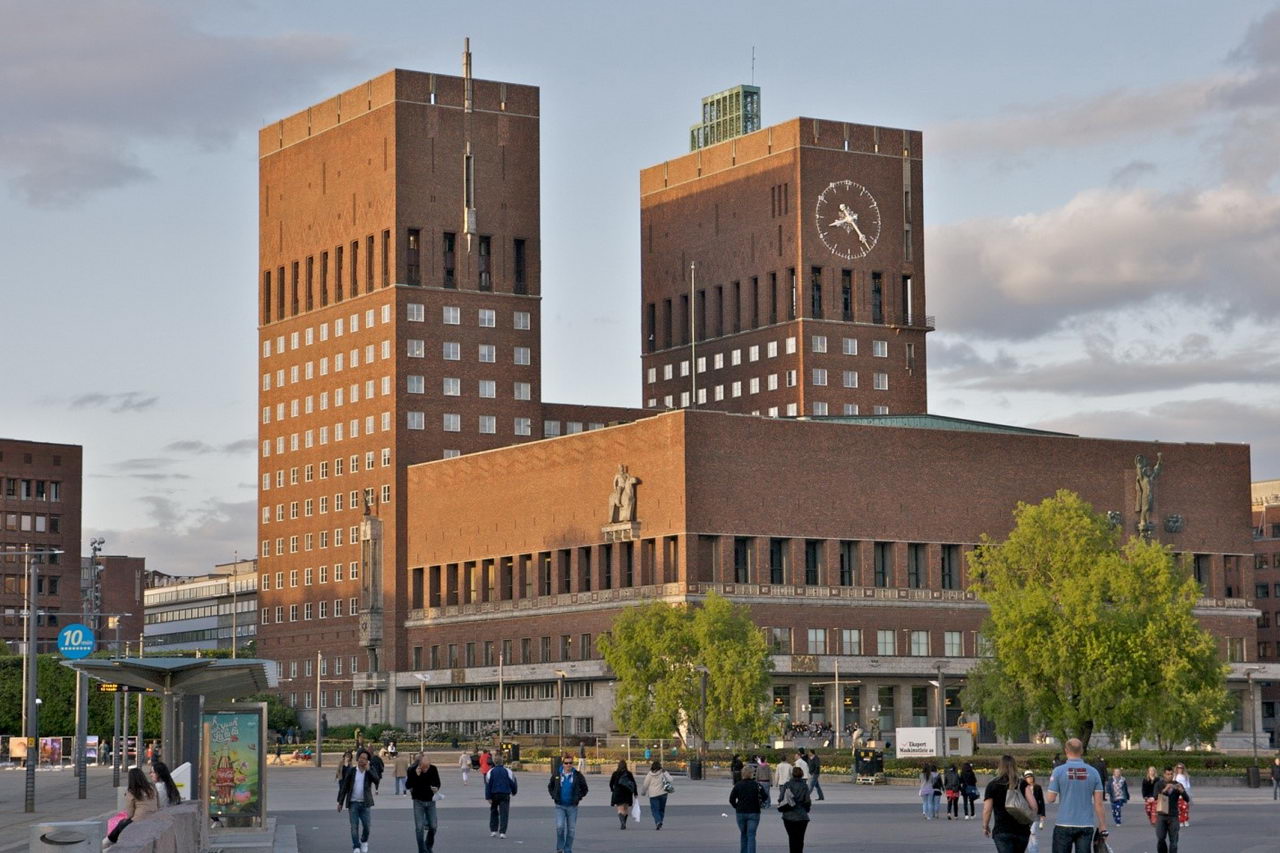
Norway’s capital city of Oslo is a beautiful seaport cradled in the southern mountains and buzzing with plenty of museums and restaurants, along with an abundance of free attractions and easy to use transportation. Oslo is the largest city in Norway with an urban population of approximately 950,000. Oslo is a must see when visiting Norway and, because of its airport and location, the city is often the startup location for anyone’s tour through Norway. Karl Johan’s Gate is the main street filled with shops, bars and restaurants leading up to King Harald and Queen Sonja’s Royal Palace where you can catch the popular Changing of the Guards every day at 1:30pm.
Bergen

The west coast city of Bergen is the second largest city in Norway with a “greater” population of nearly 400,000. Bergen is a culturally rich city with a long history as an early 14th century trading port, now sited on the UNESCO’s World Heritage List. Bergen’s famous fish market is full of fresh fish, fruits, vegetables, flowers and more and is a hotspot for both locals and tourists.
Stavanger
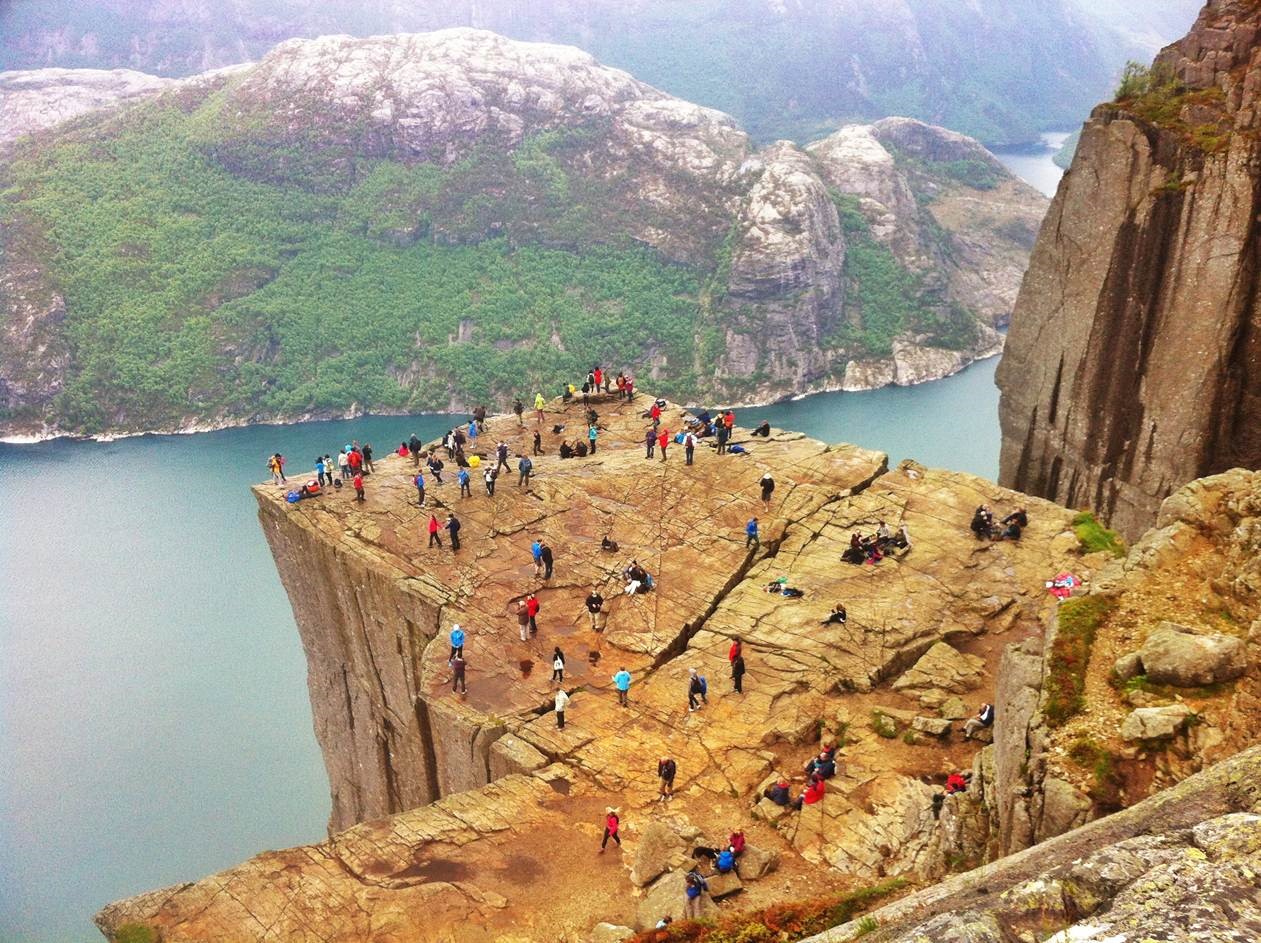
The west coast city of Stavanger is typically associated with the oil industry and the headquarters of Norway’s largest company, Statoil. Greater Stavanger has a population of nearly 200,000 making it the third largest city in Norway. Its small size and old style charm offer tourists a unique experience. Visit the famous Norwegian Petroleum Museum and take a look at the history behind Norway’s riches, its oil found just off Stavanger’s coast. Take a short trip outside the city to Prekestolen (The Pulpit Rock) just above Lysefjord and hike up to the top to dangle your feet over one of the most recognizable rocks in Norway.
Trondheim
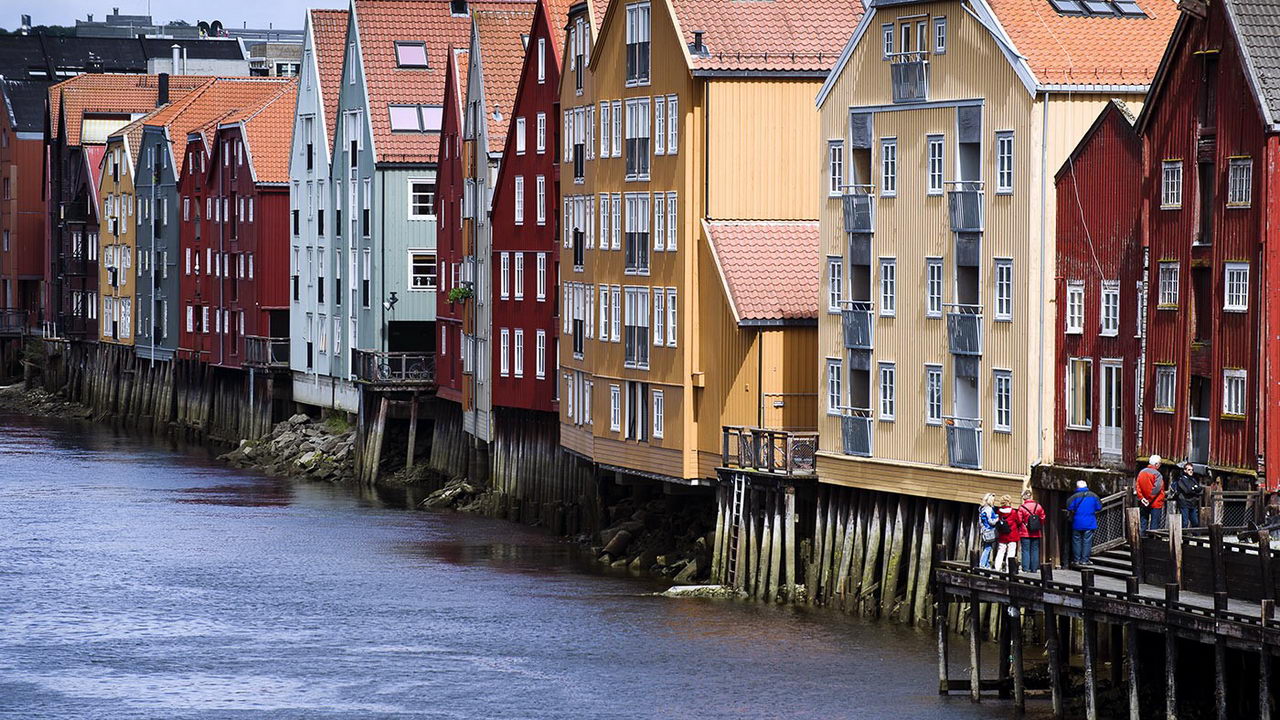
Norway’s central city of Trondheim is definitely a college town, home to The Norwegian University of Science and Technology and is surrounded with plenty to do and see. The city is the fourth largest in Norway. Trondheim was a religious hub for Europe during the Middle Ages and its iconic Nidaros Cathedral has been around for over 700 years. Be sure to walk over the Old Town Bridge and under the Lykkens Portal for good luck. With its rich history dating back to the Viking Age, Trondheim offers plenty of museums and walking tours.
Culture packages
Entering this website you automatically agree the following terms and conditions even if You are not a registered user of the site. Images shown on the website, country and travel specifications, as well as the webdesignes are subject to copyright protection, Elegant Enterprises are All rights reserved. Prohibited the website all or partial copy, store, use, distribution and sale, without the written consent of the copyright owner of this website (Elegant Enterprises)